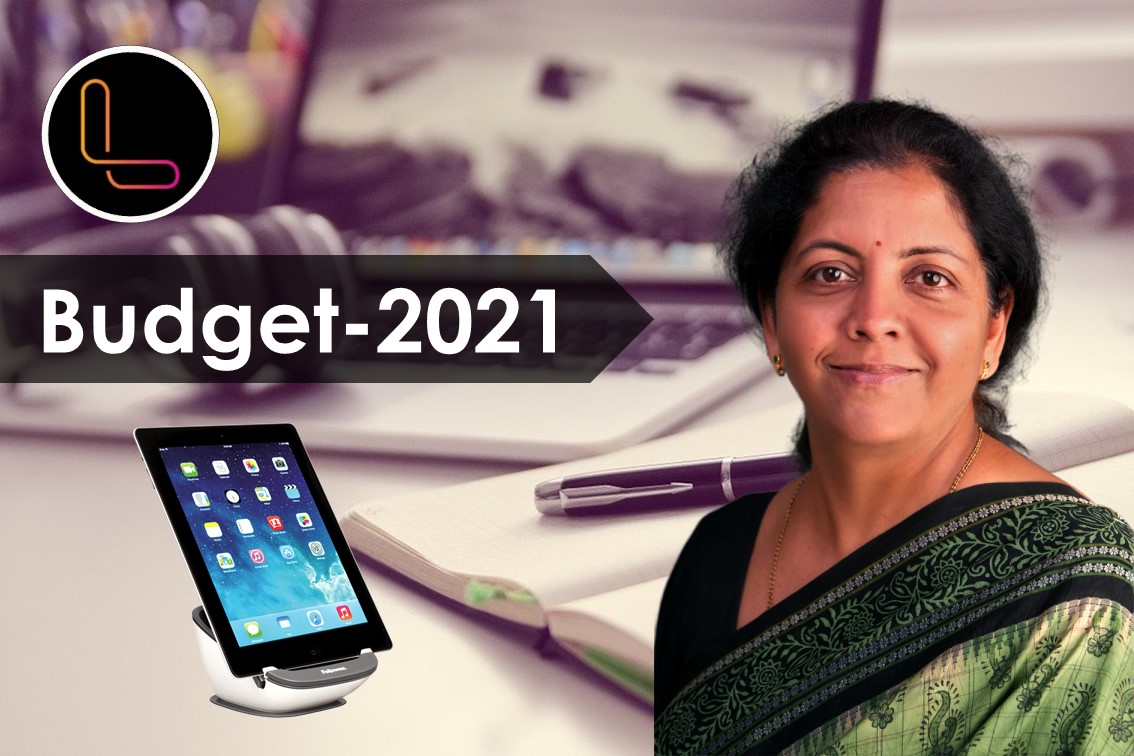
03/02/21 16:59 PM IST


What do you mean by Union Budget?
Annual Financial Statement (AFS), Demand for Grants (DG), Appropriation Bill, Finance Bill, Macro-economic framework for the relevant financial year, Medium Term Fiscal Policy cum Fiscal Policy Strategy Statement, Expenditure Profile, Expenditure Budget and Receipts Budget.
Why the Union Budget are so crucial for the nation?
When the first budget of an independent India represented?
On November 26, 1947, the RK Shanmukhan Chetty presented the first Union Budget of Independent India. And the Scottish economist and politician James Wilson presented the first budget of the country in 1860.
Some facts about the budget are
From where the references for the budget can be traced?
The reference of the budget can be traced from various literary sources. The main reference can be found from the Kautilya’s Arthashastra in which he mentioned that the Chancellor should first estimate revenue from each place and sphere of activity under different heads of accounts and then arrive at a total. The actual revenue is to be estimated by adding receipts into the treasury for the current year and delayed payments received which were due in earlier year/s. From this deduct the expenditure on the king, standard rations, other exemptions granted by King and authorised postponement of payments into the treasury. The outstanding revenues were estimated from work under construction for which revenue will accrue on completion, unpaid fines, unrecoverable dues, uncollectible sums, advances to be repaid by officers etc.
The origins of the modern Budget can be traced to the Norman period, where two departments dealt with finance—the Treasury and the Exchequer. The Treasury received and paid out money on behalf of the monarch. The Exchequer had a 'lower office' which received money, and an 'upper office', concerned with regulating the Kings’ accounts.
The term ‘budget’ has been derived from the old French word ‘brunette’, which means a leather bag or wallet. The first use of the term 'budget' may date back to 1733 financial statement by Walpole as Prime Minister and Chancellor of the Exchequer.
Who prepared the Union Budget?
The budget is prepared by the Finance Minister with the assistance of several advisors and bureaucrats. The Finance Minister seeks the view of the industry captains and economists before preparation. Various accounting and finance-related organisations send in their opinions and suggestions. The budgeting exercise in India remains mainly the domain of bureaucrats to participate and influence the outcomes.
Normally, the budget-making process starts in the third quarter of the financial year. The budget has four stages viz., (1) estimates of expenditures and revenues, (2) first estimate of deficit, (3) narrowing of deficit and (4) presentation and approval of the budget.
Estimates of expenditures and revenues
In this step, various ministries providing initial estimates of plan and non-plan expenditures and discuss the plan with Planning Commission which plans and decide new programs under given resources that are provided to it by the finance ministry. The financial advisors of the ministries prepare the non-plan expenditures.
Apart from estimating the expenditure, an assessment of expected revenues likely to flow into the government treasury has to do as a concurrent exercise.
First estimates of the deficit
After the estimates of revenue and expenditure are made, they are matched together. This provides the first estimate of the expected shortfall in revenue to meet projected expenditure. The government then, in consultation with the chief economic advisor, decides on the optimum level of borrowings to meet this deficit.
Narrowing of the deficit
After the targets for the fiscal deficits and the overall budget deficit is decided, any remaining shortfall is filled through a revision in tax rates if feasible, keeping in mind the fiscal incentive structure the government wishes to put in place to stimulate the growth in different sectors. Following the initial plans, if any changes need to be made adjustments are made to the expenditure; usually the plan expenditure has to be modified.
The Budget
The presentation of the Budget for the ensuing fiscal year (beginning April 1) is usually done on the last working day of February. The Indian constitution has made the Parliament supreme in financial matters.
How this year budget different from other previous budgets?
Health and Sanitation
Education
Infrastructure
Tax
Economy and Finance
Agriculture
Employment

17 Sep
'Dehradun and several other districts in Uttarakhand have experienced very heavy rainfall over the past few days, triggering landslides in multiple areas and causing rivers to swel
Read More
08 Sep
'The Rajasthan Coaching Centres (Control and Regulation) Bill, 2025, is a significant piece of legislation passed by the Rajasthan Assembly to regulate and oversee the state's burg
Read More
28 Aug
'Recently, the Indian Space Research Organisation (ISRO) successfully carried out its first Integrated Air Drop Test (IADT-1), a crucial milestone in the preparation for the countr
Read More